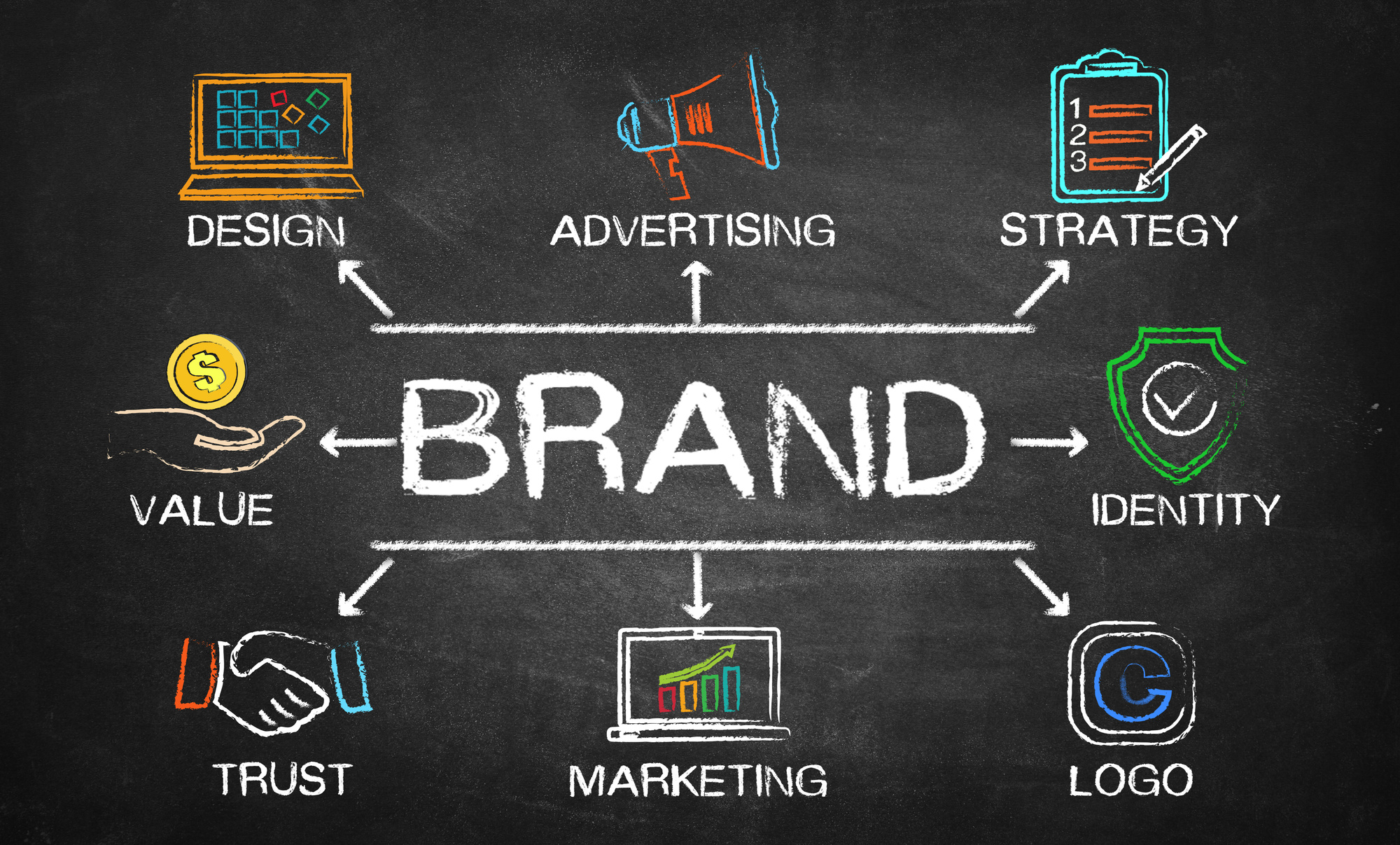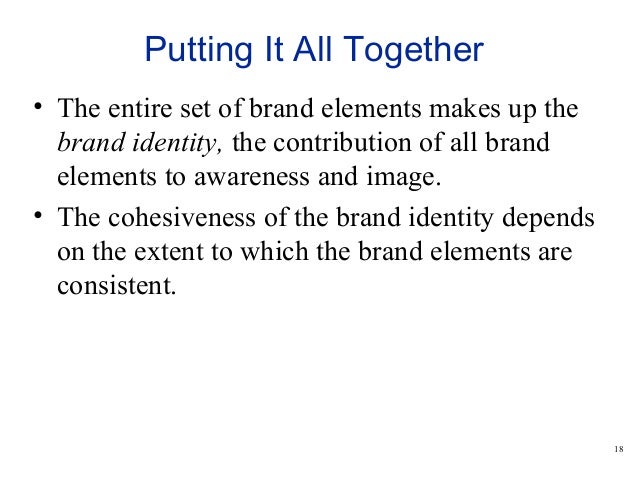

Why it’s an asset: Mickey Mouse is known globally, and whenever someone recognizes Mickey, they think of Disney. Usually, just the mere image of mouse ears are enough to make people think of Mickey, and thus, Disney.
#BRAND ELEMENT DEFINITION TV#
What it is: Mickey is a cartoon character mouse that is seen in TV shows, films and in-person as a costumed actor in the Disney-themed amusement parks. The jingle alone puts the words “I’m lovin’ it” into a customer’s head. Why it’s an asset: McDonald’s is able to run advertisements that play their jingle without words and get the audience to think of their brand. After a while, the jingle no longer needed any words to be known as McDonald’s. When it was set to a jingle for TV and radio advertising, the memorable sound stuck in everyone’s brains. The slogan initially was meant to show an attitude about the food. What it is: ‘I’m lovin’ it’ is a catchphrase that turned into a recognizable jingle. McDonald’s ‘i’m lovin’ it’ slogan and jingle
#BRAND ELEMENT DEFINITION MAC#
Almost no one would mistake a Mac laptop to be a PC, simply because of the logo. Why it’s an asset: Any drawn picture of an apple with a bite out of the upper right is going to make people think of the brand Apple.

However, if you’ve been using Apple products for a while, the previous version with rainbow colors might spring to your mind first. This iconic image has come in different colors over the years. What it is: The apple in Apple’s logo has a small bite taken out of the upper right corner. Why it’s an asset: Someone walking down the street who sees a delivered Amazon package on a doorstep can immediately tell it’s from Amazon. There is a smile on the side of the box, and the tape used to seal it has details about Amazon specials. What it is: It’s always apparent when a box is from Amazon and not another brand. They’re an asset because seeing those four colors together makes people think of Microsoft and their products, specifically Windows. They’re also in a certain order within the Microsoft logo, making them unique to Microsoft. Why it’s an asset: The colors are a specific shade, but that’s not all. Even logos that share the same four base colors are still ultimately different from Microsoft’s color scheme. They are: Orioles Orange, Apple Green, Selective Yellow and Vivid Cerulean. The actual color names are unique to the logo. What it is: The Microsoft color scheme is definitely one-of-a-kind, bringing four colors together – orange, green, yellow and blue. Now let’s look at some of the most popular brand assets out there. Remember, these are just elements that can become an asset – having a jingle or a logo doesn’t mean you have a brand asset. Before I dive into those, first let’s rundown some common elements to help further define brand assets: Seeing some well-known examples of brand assets helps clarify the concept. A jingle that makes customers think of socks isn’t an asset unless it makes customers think of the socks your brand makes and sells.

Think of it like this: in order for it to be an asset, it has to connect an audience to your brand – and this has to happen fully, not partly. It’s simple to remember when one of these brand elements are assets or not. If an element leads the audience to a different but similar brand, that element is not an asset. These elements become brand assets only when customers associate them with a brand. Brand assets are elements, such as a color scheme, jingle or font, that help identify a specific brand.


 0 kommentar(er)
0 kommentar(er)
